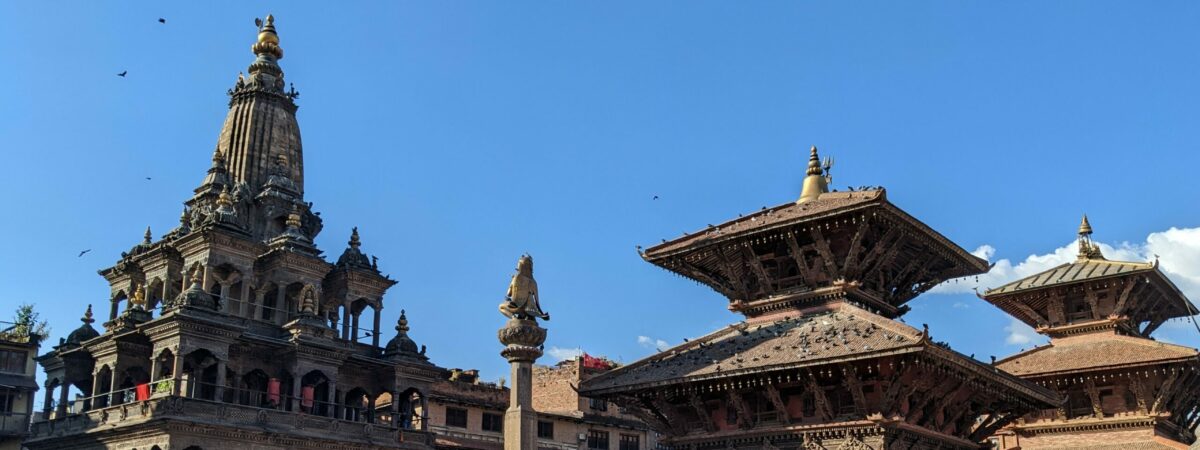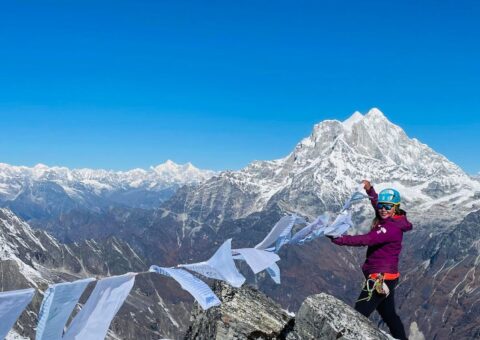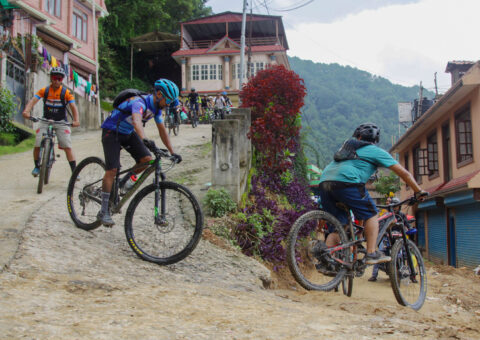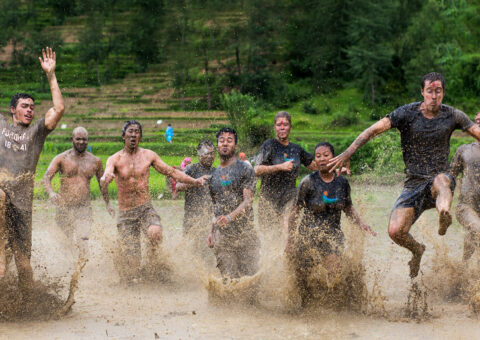Lalitpur, historically known as Patan (or Yala in the local Newar language), is one of Nepal’s oldest and biggest cities. Home to some of the country’s finest craftsmen, the city’s labyrinth streets are teeming with art, history, architecture, and monuments that reflect a unique blend of Hindu and Buddhist cultures. Local expert Marissa Taylor is sure every traveller will find something of interest here.
After a visitor arrives in my city, I always recommend going straight to Patan Durbar Square because this is where you will be able to witness the essence of the city. The Durbar was the palace of the Malla Kings who used to rule the city (then a small kingdom) from 1201 to 1779. Much of the old palace, with traditional Newar architecture, is still intact and quite a marvel to look at.
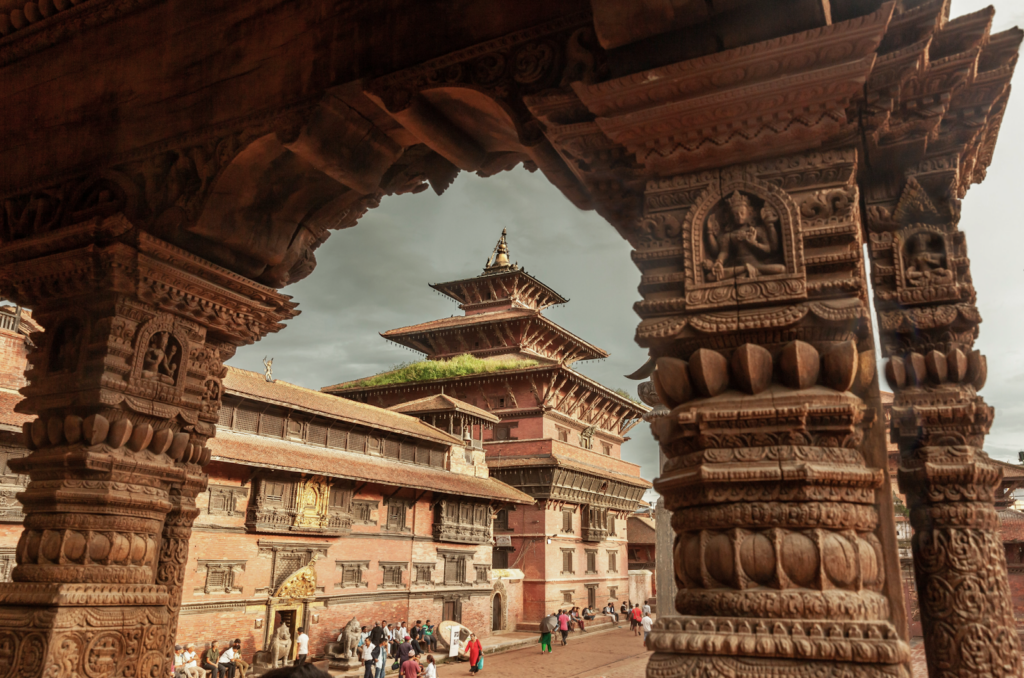
Upon Arrival
The best time to be here is during the months of autumn, anytime between October and November. That’s when the skies are their clearest, the weather is cool, and you can even see the Himalayan range in the north from any rooftop. The months also witness the biggest Hindu festivals, Dashain and Tihar, that are celebrated in Nepal, and the whole city is alive with a festive energy.
I tell first-time travellers to walk as much as they can around the city, as most places are within walking distance. But I also tell them to avoid going too deep in the city’s core because you could get lost.
People from here know better than to drink directly from the dhunge dharas (stone water taps that were traditionally used for drinking purposes) that are around most squares. Instead, they should stick to bottled water.
The best museum to start your journey and get a good sense of this city is Patan Durbar Square Museum because this is the perfect place for travellers to get a glimpse of the religious harmony that exists between Buddhism and Hinduism in this city.
While exploring Patan Durbar Square, parents should take their kids to Shree Nanda Mithai Bhandar, a sweet store that has been selling Newari sweets for the past 150 years. It would be a treat for the kids to indulge in … because why not?
Food from the Heart
Among the food (or dishes) my city is most proud of, Samay Baji is an absolute must. It is a traditional Newar dish that includes some chhoyla (barbecued buff meat), fried eggs, beaten rice, fried soybeans, dried fish, aloo ko achar (spicy potato salad), bara (a pancake made of lentil batter), and a bowl of aloo tama (a soup of potatoes and bamboo shoots) — an absolute delight for the taste buds, but only if you can handle spicy food. I like to go to The Village Cafe, a place owned and run by home-based women workers, to really enjoy it.
When we get together to celebrate, chhaang, local rice beer, is what people here traditionally drink. If you want something stronger, there’s also aila, which is made by distilling fermented rice, grains, and millet. I like to gather my friends and go to Honacha in Patan Durbar Square for a round.
When I eat completely local, I will go to the Nandini Food Court in Swotha Square. I know the food here is amazing — just the way locals eat it — and easy on the wallet.
For other types of local food, like momo, which Nepalis eat almost everyday, there’s Momomia. Another two classic, iconic restaurants include Roadhouse Cafe and Moksh, both of which are a little on the upper end and serve continental food along with some staple local favourites.
The part of town where locals come for traditional food is around Patan Durbar Square. It really is the heart of Lalitpur.
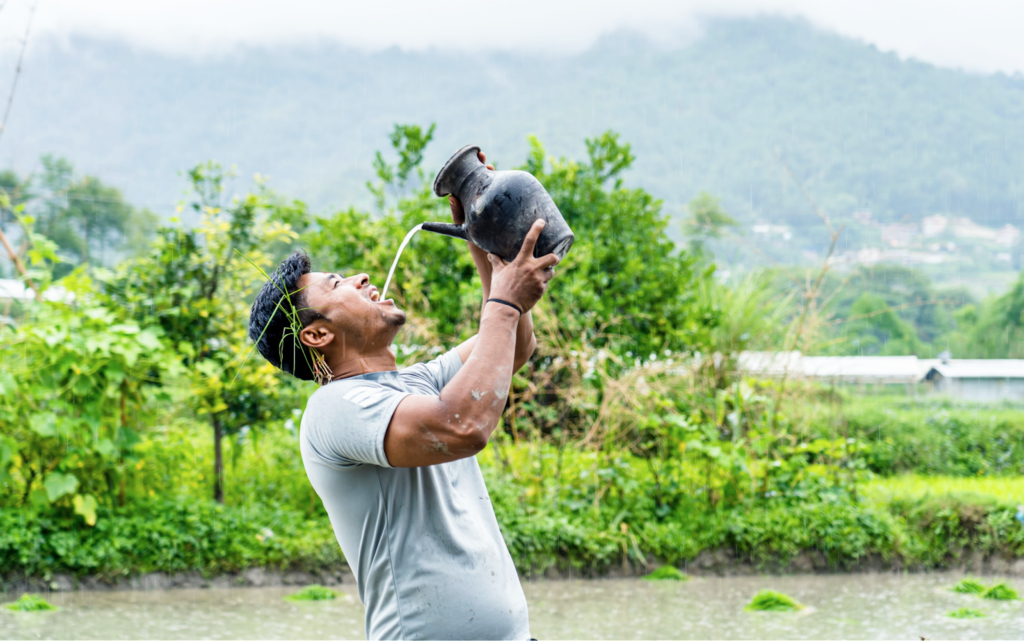
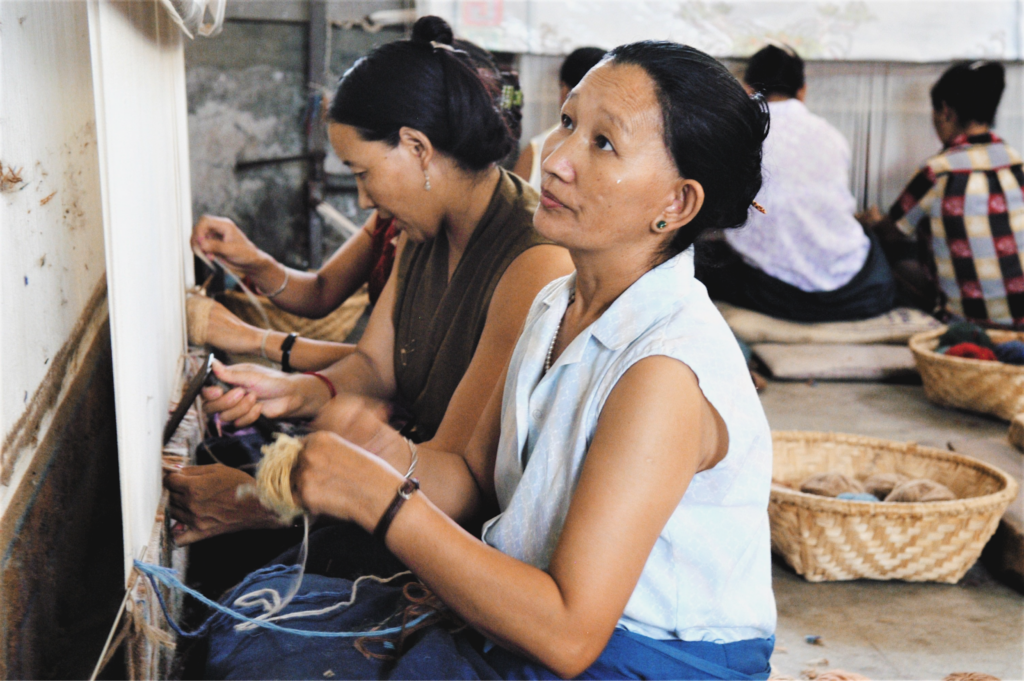
Shopping Locally
My city is known for its arts and handicraft, especially metal and stone work. You can find them on display in the streets of inner Patan, near the Durbar Square.
There is no outdoor food market in Lalitpur as such, but the Jhamsikhel area has an impressive selection of the city’s best restaurants with all kinds of international and local food. If you’re looking for a more local feel, then the streets of Patan, especially ones like Pimbahal, offer many local joints. And the best outdoor market to buy everyday items from kitchenware to fresh vegetables is Mangal Bazaar. You will literally get everything you need here, that too at the cheapest prices.
I always take visitors to Swotha Square to buy real, local souvenirs, like metal and art works. The products are handcrafted by local people sourcing local materials, and the vibe is warm because the products are made with so much detail and care. For rugs and carpets, the place to go is Jawalakhel Handicraft Center, a pioneer of the Tibetan carpet industry in Nepal run by Tibetan refugees residing in Nepal. If you want Nepal-made products but with a more modern appeal then head to The Local Project. And we know to avoid the bigger malls because the products here are all imported from mass-producing factories with no heart.
Getting Deeper into Lalitpur
A great book to learn more about my city is “Patan Museum: The Transformation of a Royal Palace in Nepal” by Hagmuller Gotz.
Most people know about Patan Durbar Square because of its grand palaces, but smaller towns like Bungamati, Harisiddhi, and Khokana, which fall on the fringes of the city, should also be visited because they are still relatively untouched by modernity. People largely still farm here for a living. They live in traditional homes with Newar architecture and have a very strong sense of community and bond, making one’s time here delightful.
My city is a place people are attracted to because of its laid back atmosphere, a great selection of restaurants, and its rich cultural heritage.
To really celebrate my city at its best, come during either spring (early March-late April) or autumn (October-November) because the weather is perfectly pleasant around that time, but any other time of the year is good too.
Most people don’t really think of Lalitpur as a travel destination. Most travellers who come to Nepal stay in the capital Kathmandu and hardly ever come here, except maybe to visit the Durbar Square. But this is a destination where travellers can really immerse themselves in a more easy-going, culturally rich Nepali life.
This is one of the best places in the world to experience the harmony between cultures, religions, and peoples, which is clearly visible in the food, architecture, language, art, and music. Locals are proud of that because that’s the beauty of living in a Nepali society, where people from different castes and cultures live together.
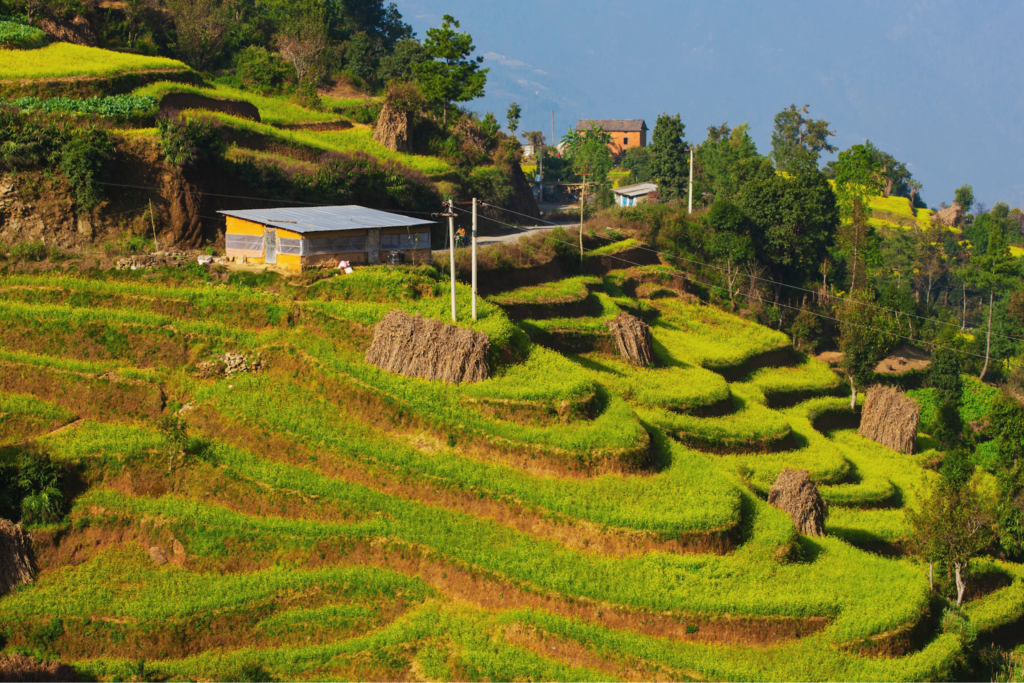
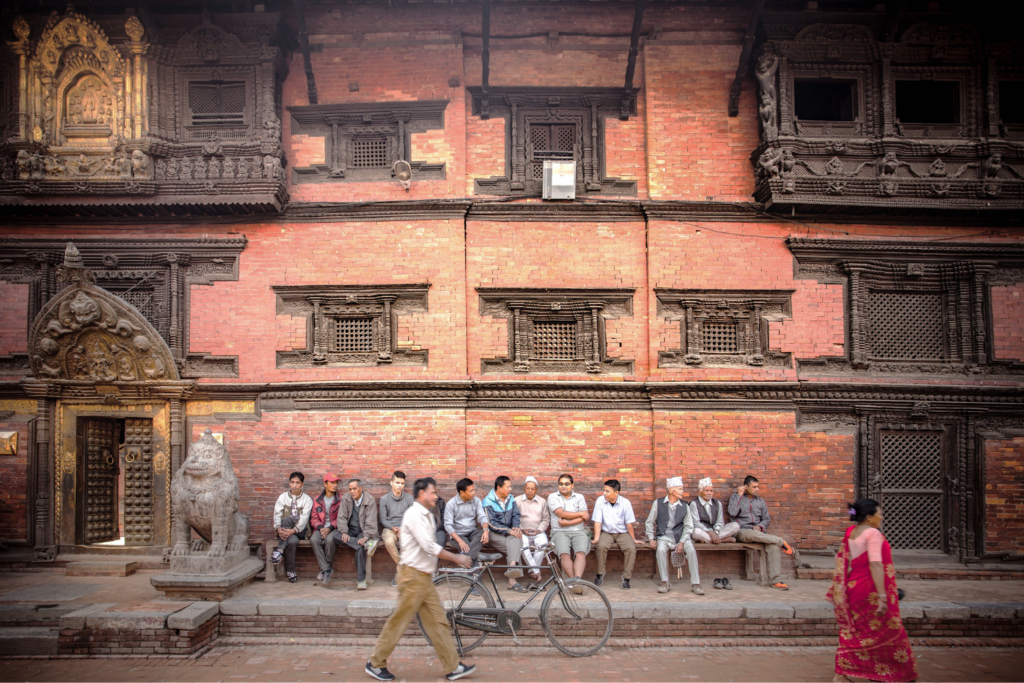
Getting Around Lalitpur
One thing you should know about getting around my city is that you can walk almost anywhere within the city’s core areas. To go a bit further away, there are inexpensive public transportation options available, which cost as little as NRs 25 (€0.19). There are also cabs, which can be a little more expensive, depending on the distance you drive.
The best way to travel in my city to have as little impact as possible is walking. Lalitpur is also on its way to becoming cycle-friendly and is currently constructing a 22-kilometre bicycle lane going around the main thoroughfares, which is a great initiative to encourage people to commute responsibly.
Luckily this method of transportation also allows me to take in the city at my own leisurely pace. Besides being good for the environment, it is good for my wallet.
Outside the City
To get away and into the outdoors, there are plenty of options. Lalitpur is surrounded by beautiful hills like Phulchowki, Chandragiri, and Champadevi. Taking a 30- or 40-minute bus ride will drop you at the base of these hills, and you can pick up any hiking trail. At the top, you will be rewarded with a sweeping view of the Kathmandu valley, and, on clear days, the Himalayan range toward the north will be in the backdrop.
For a day trip just beyond my city, I like to visit Kulekhani, a small village in Makwanpur district, which offers travellers natural swimming pools, boating, fishing, and hiking adventures.
Many people will head to the small restaurants and eateries, but locals know that to really make the most of the place, you have to be outdoors.
I really enjoy the view of my city from the Chandragiri hill. It is believed that King Prithvi Narayan Shah, the first king of Nepal, saw Kathmandu Valley for the first time from this very point and was so mesmerised by it that he wanted it to be the capital of his kingdom.
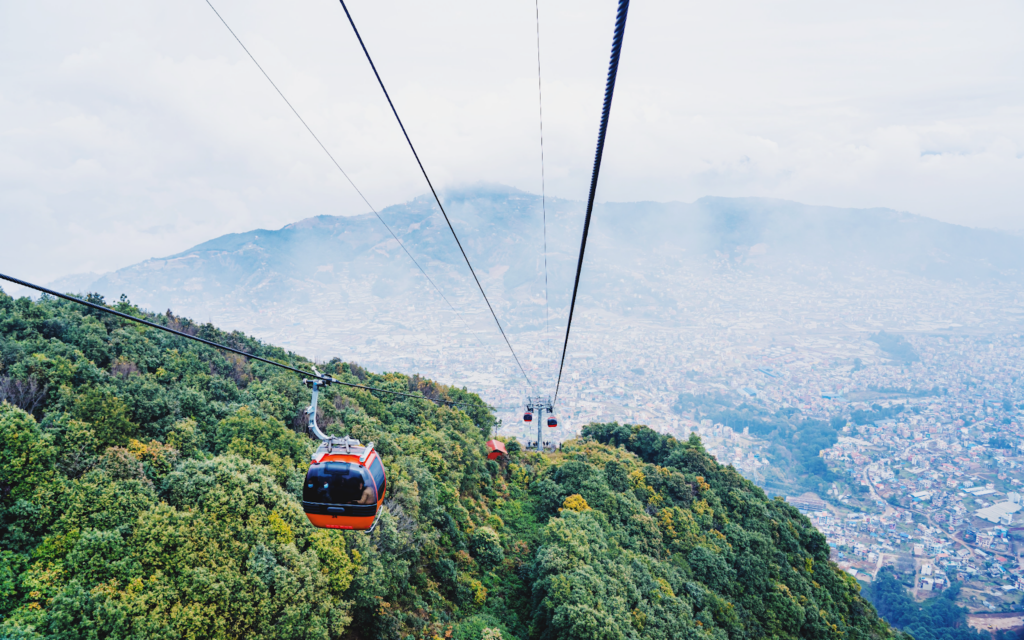
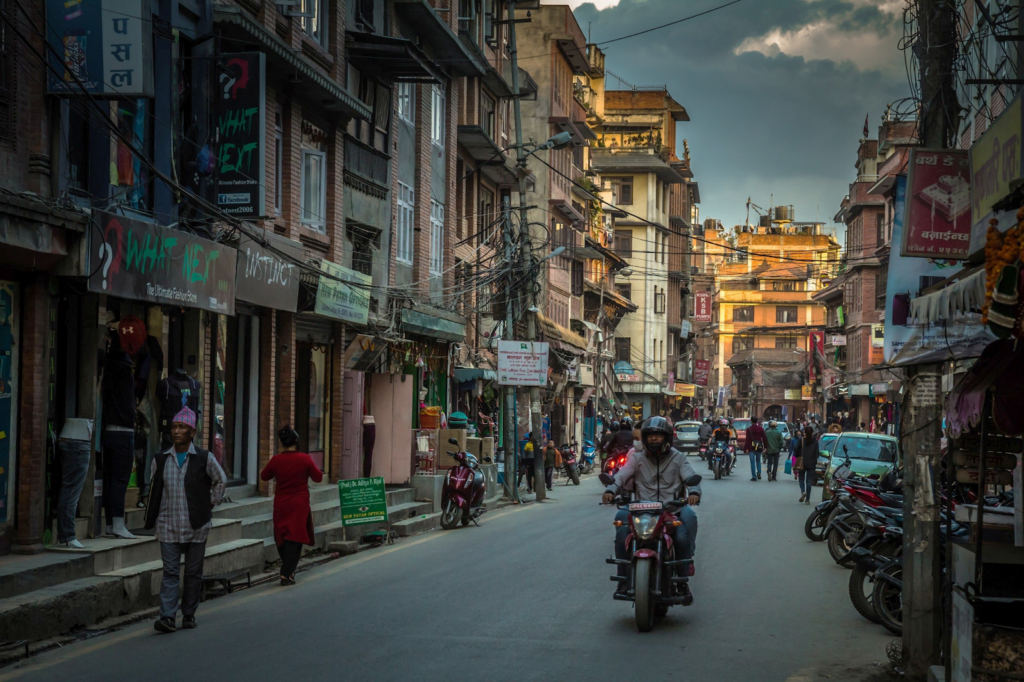
Connecting with Locals
When I want to have fun and celebrate being out in my city, I head to Jhamsikhel. If I am feeling the need for a little fun activity with friends, I will head to Best Archery, to practice my archery skills indoors, or to House of Palettes, where I can sip on wine and paint for hours on end with friends. Then dinner and drinks in any of the many restaurants in Jhamsikhel.
To hang out with my friends and go to a real insider spot, I go to Musicology Cafe, where I catch up with friends over some good food and music.
The best resource for finding out what’s going on around town (events) is through people, really, or through social media. There’s also a website, called kgarira, which lists events around the city.
When I want to enjoy my city without spending much (or any) money, I will head to Patan, Swotha Square, or Pimbahal.
Base Camp, a pub, is my first choice for music because they support local artists and have reasonably priced drinks. And when I feel like dancing, I go to Prive because the club almost always has a good DJ, but only during the weekends. Lalitpur is a small, quiet city on most days and is asleep by 10:00 p.m.
Finding Solitude in Lalitpur
When I want to go somewhere to sit and meditate about my incredible city, I go to the National Botanical Garden. Although there are smaller parks in the core city area, I prefer to take that 30-minute bus ride and meditate in the garden in Godawari because it’s more quiet and peaceful.
If I chose the one place that makes me most proud of my city, it would have to be Patan Durbar Square, because you can sit in quiet contemplation here over a cup of tea, admire the display of beautiful architecture, enjoy delicious food, or get some drinks with friends — there’s something to enjoy for everyone.
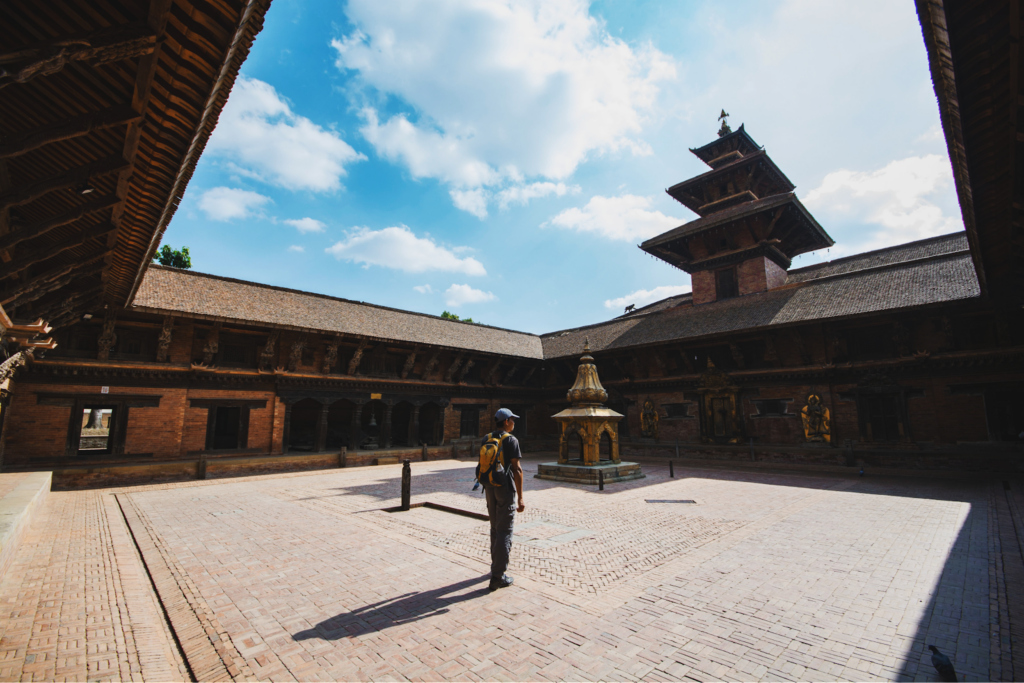
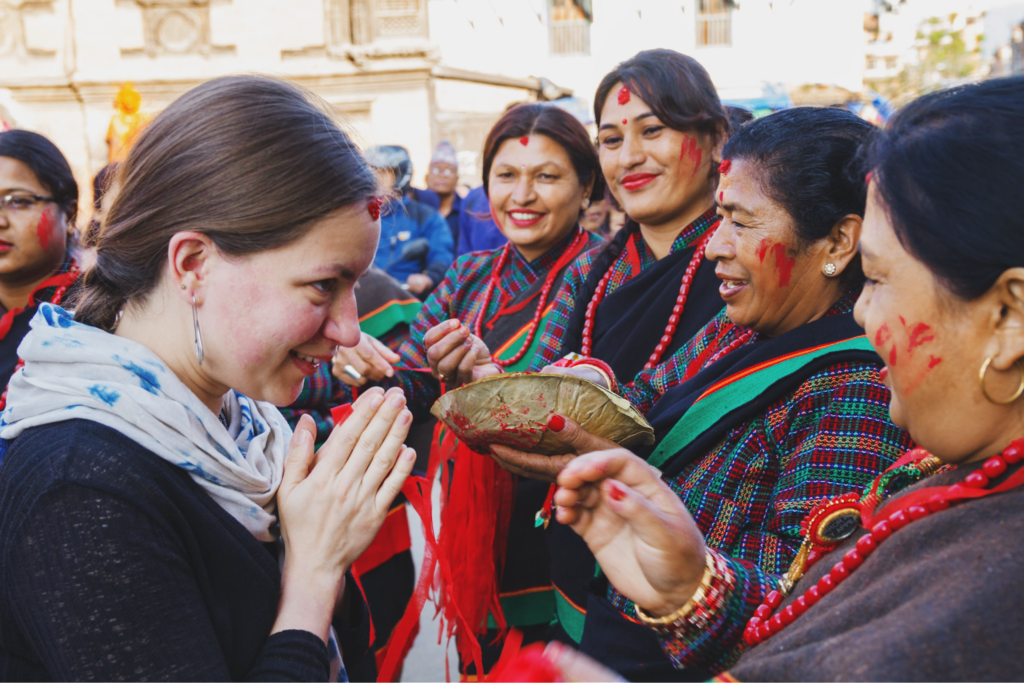
When the Seasons Change, This City Shines
Spring (early March-late April) is the best time to be outdoors. There are many hiking routes around the rim of the city, like the Khokana-Bungamati trail or the Phulchowki trail. You can hire a mountain bike and explore these trails too, or grab a blanket and some food and have a quiet picnic in Ashok Stupa, closer to the city.
I always recommend visitors make the most of the cultural experience of being in the city in the summer (May-August) because this is when the city celebrates the month-long Rato Machindranath Jatra, the biggest and longest chariot festival of Nepal, celebrated by both Hindus and Buddhists.
The fall season, which falls between October and November, is magical here because of the wonderful weather. Many big music festivals are also organised during this time of the year, such as Jazzmandu, the biggest jazz festival in the country where many international jazz artists play, and Echoes of the Valley, a celebration of local music and food that takes place every year.
There is nothing exciting happening in winter (late November-February) in Lalitpur.

